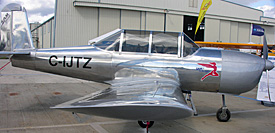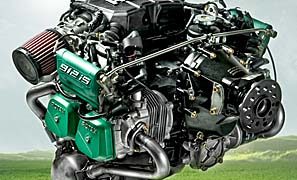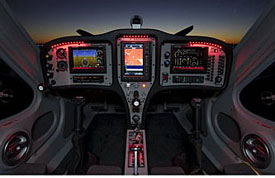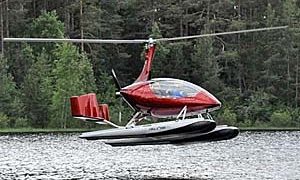Preparing for Sebring, four days of the show, and a LSA flight over the ocean can fill your days to the brim … and all of that is truly excellent. January used to be a month of flying doldrums but since Sebring started nine years ago, the month has turned into one of the most active for light plane enthusiasts. ByDanJohnson.com reflects this with increased and growing traffic. January 2013 looks to set a new all-time record and that comes on the heels of a record 2012. Thanks for your loyal visits; we’re happy to be providing the news and videos you want.
Speaking of coverage, thanks a billion to James Lawrence, who provided daily updates along with his superb photos from Sebring while I was running around with other duties. The good news is we’ve already posted four videos and several more will follow, thanks to the excellent work by my partner-in-video, creator of the popular Ultralight News YouTube channel.
Search Results for : AutoGyro
Not finding exactly what you expected? Try our advanced search option.
Select a manufacturer to go straight to all our content about that manufacturer.
Select an aircraft model to go straight to all our content about that model.
Rotax Launches New 912 iS (Fuel Injected) Engine
In a product launch somewhat comparable to an Apple Inc., product event, BRP Rotax drew a large group of attendees to their facility in Gunskirchen, Austria.
Update 3/12/12 — See the impressive list below for airplanes displayed at the 912 iS launch. —DJ
The occasion was the launch of their new 912 iS engine. In the tech world, “i” means Internet. In the light aviation world, or more specifically BRP Rotax’s world, “i” now means injected. *** “Pilots will appreciate the easier pre-flight check and starting procedures offering them an enhanced flight experience,” stated Rotax/BRP. They add that this removes “the need for servicing and synchronizing the carburetors every 200 hours.” Fuel injection also “eliminates” carburetor icing. Users of the engine will appreciate these improvements. *** Fuel injection is controlled by an Electronic Control Unit (ECU) similar to automotive applications. A mechanic can connect to the ECU with a laptop for easier maintenance.
LSA News Bits as 2011 Draws to a Close
In 36 hours or so, Chief Pilot S. Claus will be on final for a few billion chimneys worldwide. Here’s what’s popping up in one of my last looks at LSA news webwide for 2011. Meanwhile, my best wishes for a Merry Flying Christmas and new flight horizons for all in 2012! *** Cubcrafters flexes its market success muscle with a new manufacturing facility and the hiring — yes, hiring! — of new personnel to build its popular LSA Piper Cub clones. *** A newly leased 15,000-square-foot building near the Yakima, Washington airport boosts existing capacity by almost 40% and is already in operation. Congrats to CubCrafters and we wish you continued success. *** Included are a new welding shop and CNC (Computer Numerically Controlled) machine shop. *** The new space will make room in the main plant for an R&D facility and an updated, more centralized parts department. *** Owner Jim Richmond says, “Our planes are selling well, and if we get even a little help from the economy, we will need to increase our production rate.” *** Check out those job openings.
Aero 2011: Sleek and Different Gyroplanes
Rotary wing aircraft have not been my focus. But I could hardly miss a flock of streamlined gyroplanes at Aero 2011 and I wondered why we don’t have these in the USA? To get an answer I went to Powered Sport Flying publisher and Internet radio producer, Roy Beisswenger, who covers the gyro scene in America… *** Roy explained, “While gyroplanes seem to be languishing in the USA, they are becoming a thriving part of the sport aviation market in Europe. The main reason focuses on the regulatory path in many European countries, which gyroplane manufacturers can follow to produce ready-to-fly ships. In contrast, the FAA specifically does not currently allow gyroplanes to be certified as Special LSA. Instead, U.S. manufacturers are required to offer either Part 27 aircraft (the rotorcraft equivalent of Part 23) or Experimental Amateur Built (EAB) kits. This has hampered the introduction of several fine designs from overseas because European manufacturers are forced to produce only partially-built gyros for the U.S.
- « Previous Page
- 1
- …
- 3
- 4
- 5





